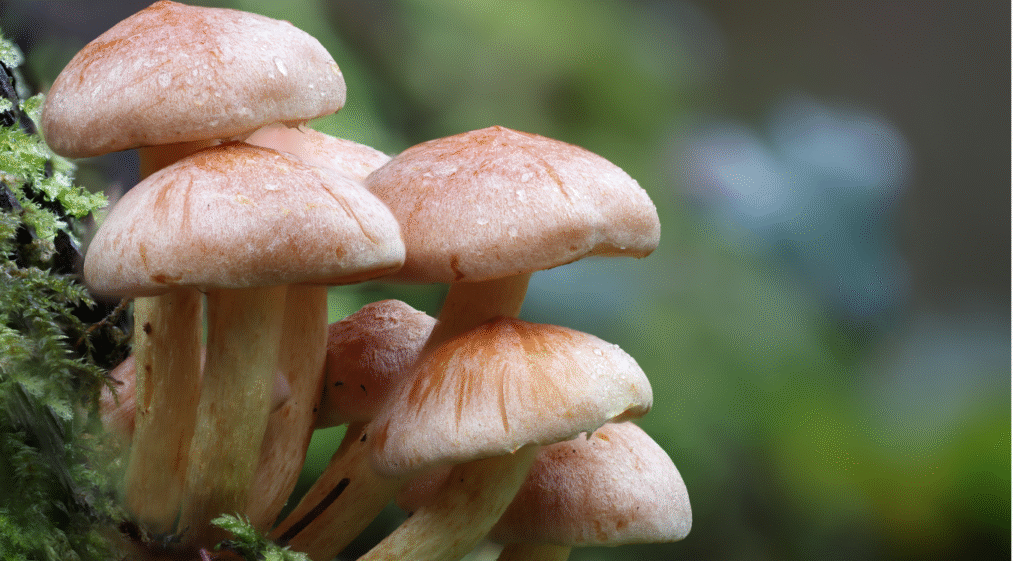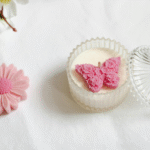Oyster mushrooms are one of the most popular mushrooms grown by home cultivators and commercial farms. Known for their delicate flavor, soft texture, and quick growth, they make a favorite choice for beginners and experts alike. Unlike other mushroom varieties, oyster mushrooms can be cultivated on a wide range of substrates such as straw, sawdust, cardboard, and even coffee grounds. Their adaptability and relatively simple growing requirements make them a rewarding crop.
The stem, cap, and gills of oyster mushrooms usually develop in harmony when conditions are right. However, growers often notice changes in appearance, such as fuzzy stems. While this may look unusual or concerning, in many cases, it is simply the mushroom responding to its environment. Understanding why oyster mushrooms develop fuzzy stems is important for anyone who wants to ensure a healthy and abundant harvest.
Oyster mushrooms also grow quickly, which means small changes in temperature, humidity, and airflow can impact how they look. Being able to recognize the difference between a harmless change and a problem that needs fixing is key. This is why learning about the fuzzy stem phenomenon can help growers avoid unnecessary worry and focus on creating the best conditions possible.
Why Do Oyster Mushrooms Get Fuzzy Stems?
The fuzzy appearance on oyster mushroom stems is usually caused by high humidity and insufficient fresh air exchange. Mushrooms breathe just like other living organisms, and when the air around them is stagnant, carbon dioxide levels build up. This triggers fuzzy mycelium growth on the stems, which looks like tiny hairs or soft white fuzz. While it may seem alarming at first, it is not usually harmful to the mushrooms themselves.
Temperature also plays a role. When the environment is too warm, mushrooms may grow more mycelium on their stems in an attempt to adapt. If the substrate or fruiting chamber is overly damp, the fuzzy stems may become more pronounced. This is essentially the mushroom’s way of showing that it needs balance between moisture and airflow.
It’s also important to note that not all fuzzy stems are the same. A little fuzz is often harmless and can still lead to perfectly edible mushrooms. However, if the fuzz is accompanied by discoloration, unusual odors, or slimy textures, it may point toward contamination. Understanding the context—such as whether the mushrooms are otherwise healthy—helps determine whether action is needed.
How to Prevent Fuzzy Stems in Oyster Mushrooms
The best way to prevent fuzzy stems is to create balanced growing conditions. Fresh air exchange is one of the most important factors. This can be achieved by increasing ventilation in the growing area or fanning the mushrooms a few times a day if using a fruiting chamber. Proper airflow helps reduce carbon dioxide levels and encourages the mushrooms to form smooth, elongated stems and healthy caps.
Maintaining the right humidity level is another key. Oyster mushrooms need moisture, but too much can lead to fuzzy stems and even bacterial issues. Using a hygrometer can help monitor humidity, keeping it ideally around 80–90% during fruiting. Misting lightly rather than over-soaking the environment is usually more effective in promoting healthy growth.
Temperature should also be monitored closely. Most oyster mushroom varieties grow best between 55°F and 75°F, though the exact range depends on the strain. If temperatures are too high, mushrooms may develop stress-related fuzz. Keeping a consistent environment is often the simplest solution.
By adjusting these factors—airflow, humidity, and temperature—growers can reduce the likelihood of fuzzy stems. Even if some fuzz appears, it does not mean the harvest is ruined. The key is paying attention and making small adjustments to encourage balanced growth.
Are Mushrooms with Fuzzy Stems Safe to Eat?
One of the most common questions growers ask is whether oyster mushrooms with fuzzy stems are safe to eat. The answer is generally yes. If the fuzz is simply a result of environmental conditions, the mushrooms are completely edible and pose no health risks. The texture of the stem may be slightly different, but the flavor remains the same.
However, it’s essential to distinguish between harmless fuzz and potential contamination. If the mushrooms develop green, black, or unusual colored spots, this could signal mold. A foul smell or slimy texture is another warning sign. In those cases, the mushrooms should not be consumed. When in doubt, it is always better to err on the side of caution.
Most of the time, fuzzy stems are a normal and harmless part of mushroom cultivation. Many growers even accept a little fuzz as part of the process, especially in home setups where airflow might not always be perfect. The caps, which are the most commonly eaten part of oyster mushrooms, remain unaffected and delicious.
By understanding the cause and recognizing the difference between safe and unsafe signs, mushroom enthusiasts can enjoy their harvest with confidence.
FAQs About Oyster Mushroom Fuzzy Stems
Q1: What does it mean if oyster mushroom stems look hairy?
Hairy or fuzzy stems usually indicate high humidity and low airflow, leading to extra mycelium growth on the stems.
Q2: Can I still cook and eat mushrooms with fuzzy stems?
Yes, as long as there are no signs of contamination such as discoloration, sliminess, or foul odor.
Q3: How do I fix fuzzy stems in my mushroom grow?
Improve fresh air exchange by increasing ventilation, and balance humidity so it stays high but not overly damp.
Q4: Do all oyster mushroom varieties get fuzzy stems?
Yes, most strains can develop fuzzy stems under the right environmental conditions, though some may be more sensitive than others.
Q5: Will fuzzy stems affect mushroom yield?
Not usually. The fuzz is cosmetic and does not impact overall harvest unless contamination sets in.



